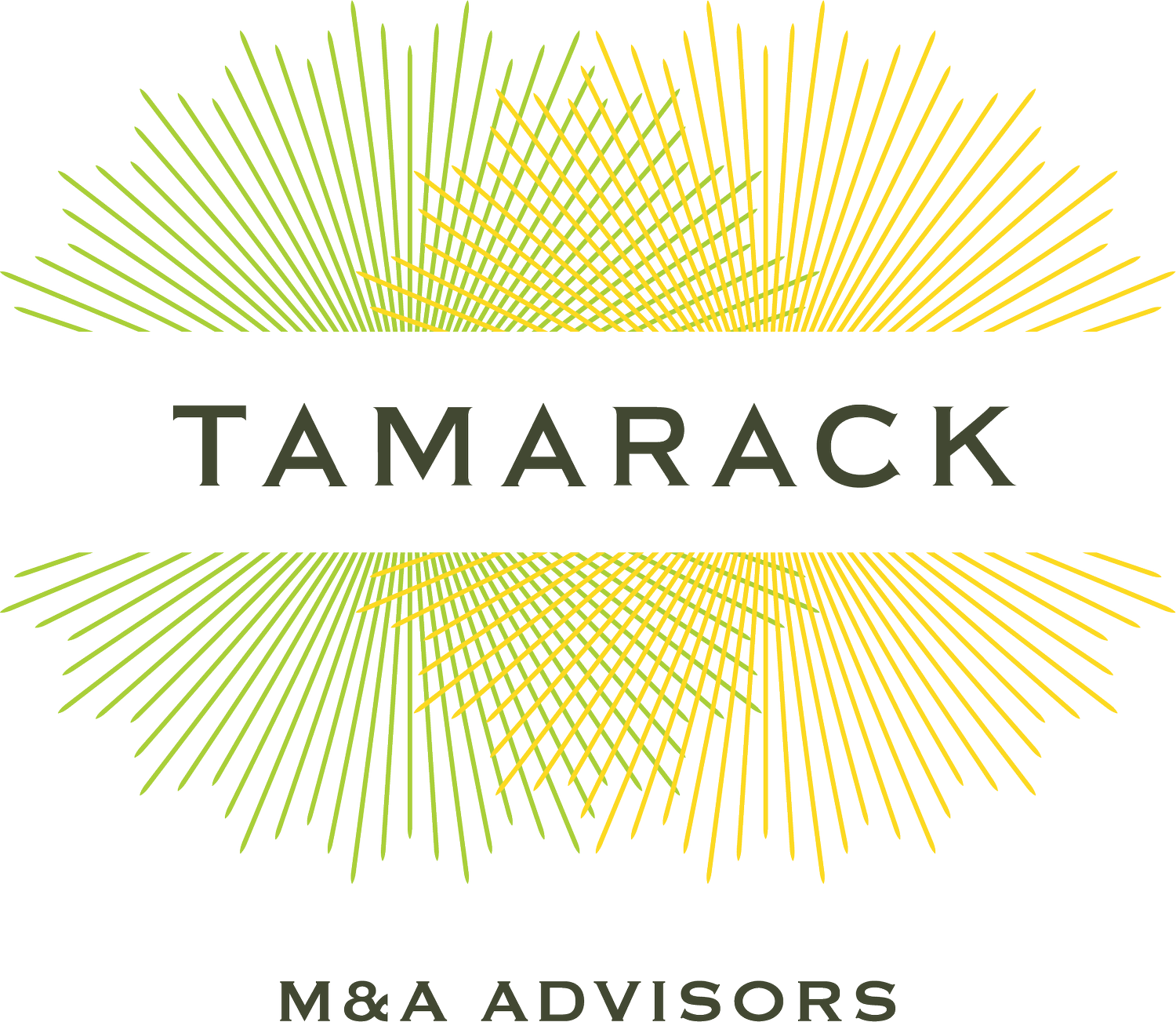The M&A Process: A Complete Guide
The right buyer not only offers you a great price, but is the optimal partner to carry on your legacy. (Photo: Getty)
The time has finally come: you’re ready to sell your business. In theory, it’s simple: find a buyer, agree on a price, and write up the contract. Unfortunately, selling a small business is a complex and time-consuming process with numerous factors to consider. Whether you are looking to retire or start your next venture, we recommend planning in advance and enlisting a team of trusted professionals to help you achieve your goals for the sale.
Your advisory team will include your M&A advisor, attorney, accountant, tax advisor and estate planner. Your management team will also be involved in the sale process.
M&A Advisor—plans and manages the entire sale process and coordinates the professionals involved in the transaction
Attorney—navigates the legal considerations of the purchase agreement and manages your post-closing risk
Accountant—assists in the preparation and presentation of financial statements, projections and pro forma adjustments
Tax Advisor—ensures the transaction is structured in a way to minimize tax liability
Estate Planner—ensures the sale proceeds will support your lifestyle after closing
In addition to these professionals, Tamarack Partners often involves an Industry Partner to assist in the transaction—a successful operating executive who has built and sold businesses in your industry. Their sector insight, combined with your M&A advisor’s expertise, can significantly enhance the sale price and terms of a deal.
Below is an overview of Tamarack Partners’ M&A process. Most transactions close within 6 months, but this timeline may vary depending on various factors.
-
The first step in the M&A process is determining the value of your company. Your advisor will value your business based on qualitative and quantitative factors such as your financial statements and management metrics, industry trends, comparable company performance, similar precedent transactions and any unique risk factors. You and your advisor will also discuss types of buyers for your company and develop a target buyer list.
The next step is for your advisor, in collaboration with you and your management team, to draft a Confidential Information Memorandum (CIM)—a comprehensive presentation that serves as a marketing document during the M&A process. The purpose of the CIM is to provide potential buyers with sufficient information so that they can determine their strategic interest and a preliminary valuation range. From the CIM, your advisor creates a one-page, high-level overview of your company called a Teaser, which will be distributed to potential buyers while maintaining the company’s anonymity.
-
During the marketing phase, your advisor distributes the Teaser to your buyer list. Interested buyers are required to sign and return a Non-Disclosure Agreement (NDA) prior to receiving the CIM. Once buyers have received the CIM, your advisor will track the process while responding to questions and gauging levels of interest. After about three weeks, interested buyers will receive instructions to submit Indications of Interest (IOI). An IOI is a non-binding offer that includes a valuation range, sources of financing, transaction structure, remaining diligence items and timeline, and a post-closing plan.
-
At this stage, prospective buyers have submitted IOIs. You and your advisor review the terms together and select a short list of buyers to invite to management presentations. Your advisor will schedule these meetings, help create management presentation materials, and coach you for the meetings themselves.
-
Management presentations occur after receipt of IOIs. For the first time, you meet with your short list of buyers to introduce your management team, provide company information, communicate your transaction goals, and position your company as the attractive investment opportunity that it is. The presentations may occur in-person or virtually, but in either case, they allow both you and the potential buyers to vet each other.
After completion of management presentations, interested buyers are asked to submit Letters of Intent (LOI). The LOI defines in greater detail their transaction proposal. Like an IOI, an LOI is non-binding but once signed establishes a period of exclusivity during which you are precluded from soliciting other buyers.
With input from your advisory team and careful review of the LOIs, you select one buyer to move forward with. Once an LOI is signed, the parties move into the in-depth due diligence phase.
-
The due diligence period begins once the LOI is accepted by both parties. During this phase, the buyer will request a set of due diligence information relating to legal, financial, accounting, tax, insurance, human resources, and other categories. Your M&A advisor will manage the data room—a secure cloud solution that will hold your company’s responses to the requests and allow the buyer access to various folders in the data room.
Meetings are arranged between appropriate managers from your company and the buyer or buyer’s representatives to review the various due diligence categories. This phase is a time-consuming and often tedious part of the M&A process that requires constant attention on the part of your advisor to ensure completeness.
-
As due diligence proceeds, the purchase agreement documents are drafted. The purchase agreement takes several weeks to negotiate and finalize. At the same time, you and your advisor craft a communications plan to address employees, stakeholders and press. Once all documentation and communications are in order, you and the buyer coordinate the signing and execute the long-awaited wire transfer.
Benefits of M&A Advisory
An M&A advisor’s goal is to establish a competitive landscape that will drive the valuation and terms in your favor. Your advisor will target multiple buyers who can achieve synergy through the transaction, meaning that the combined value of buyer and seller is greater than the sum of its individual parts. However, synergy value can vary markedly from buyer to buyer.
The competitive bid process forces a buyer to incorporate their synergy value into their offer when bidding against other prospective buyers, thereby driving up the sale price. Examples of synergy include cost savings, revenue enhancements and market access, to name a few.
Many business owners don’t realize the amount of time and preparation that goes into a successful sale. It may sound counterintuitive, but once you’ve decided to launch an M&A process, the most important thing you can do is focus on running your business. You want to be selling when your company is performing well and growing; a slope in performance could be detrimental to the outcome. Your M&A advisor will dedicate significant time and resources to the sale process, allowing you to focus on operating your business at its potential.
If you’re thinking about launching a merger and acquisition (M&A) process, request a complimentary consultation with Tamarack’s transaction team. We look forward to learning about your business and finding out how we can help you reach your goals.


